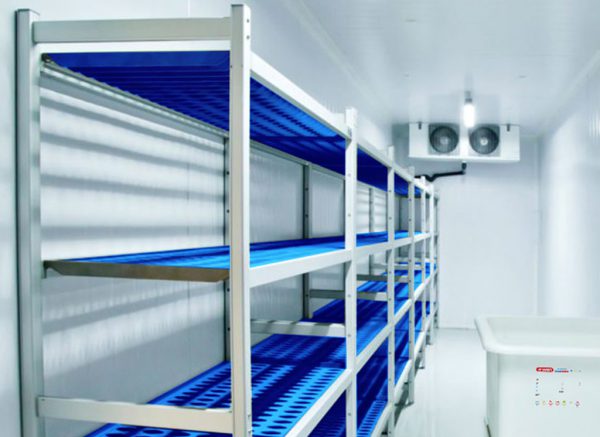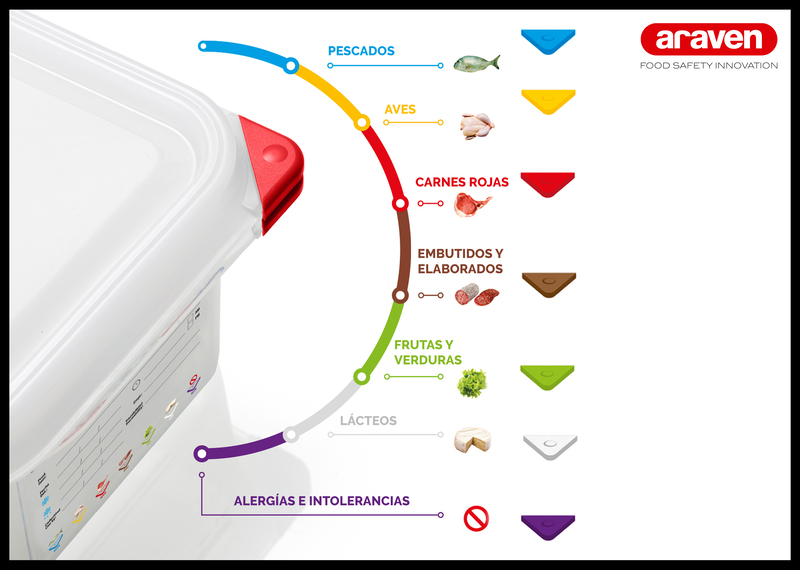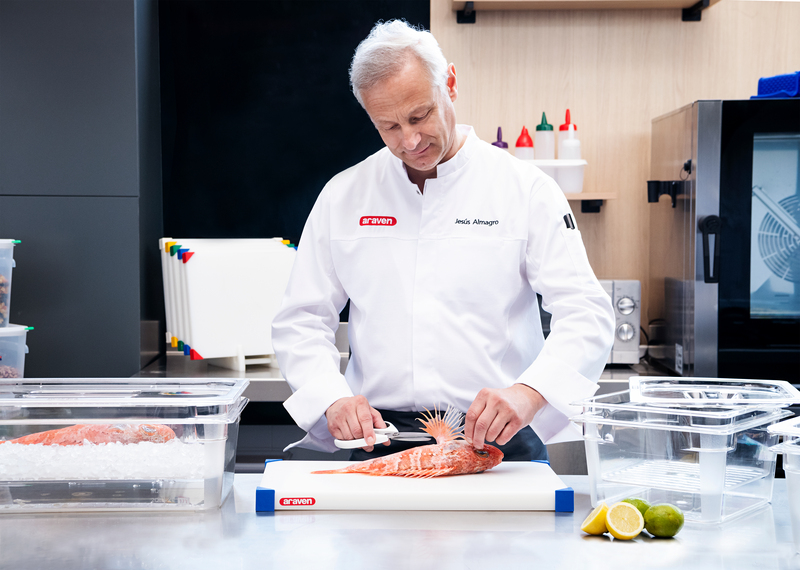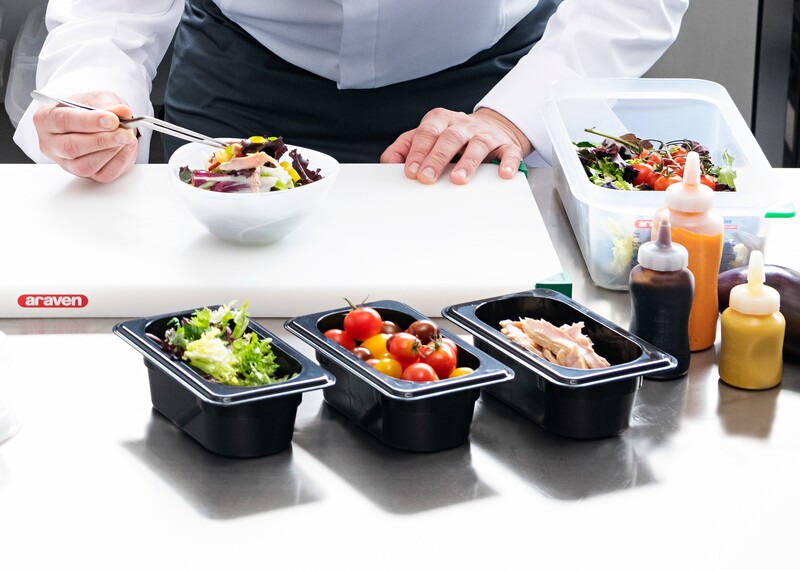Saving energy in bars and restaurants has become one of the most important aims of every owner of a hospitality business. The industry requires constant use of electrical energy that is experiencing significant price increases.
What’s more, we know that energy is a valuable resource that we all have to use wisely. Its impact on the environment and the depletion of resources should be enough to make us aware of the need for more rational energy use, which is possible by putting these simple tips into practice.
Saving energy in cool rooms
Facilities and equipment for the cold storage of food are some of the main users of energy in a hospitality establishment. They are constantly in operation, which means that their greater energy efficiency will lead to lower energy use.

The first thing to do is to regularly check that cool rooms, fridges and freezers are in good condition, in particular:
- Fridge and freezer compressor units.
- Insulation inside the walls of cool rooms. Airtight door seals.
- Piping and ductwork without damaged insulation to prevent the loss of cold and the appearance of condensation.
- Walk-in fridges should be set to temperatures between 0 and 8°C, depending on the type of food stored in them. The ideal refrigeration temperature range is 0–4°C.

- Walk-in freezers should be kept at temperatures below -18°C.

6 rules for cold rooms
The proper organisation of your cold room improves productivity, aids efficient kitchen management and saves energy.
- Don’t overfill cold rooms above their capacity.
- Don’t put hot food inside fridges or cold rooms together with other foodstuffs as this will increase the temperature inside and that of the other food stored there.
- Leave adequate separation between the different foods to encourage air circulation. Accessories such as Araven shelving units and GastroNorm towers allow cold air to circulate, quickly lowering the temperature of the food.

- Keep a temperature log for cold rooms to monitor their correct operation.
- Avoid the formation of ice and frost in freezers because it makes chilling difficult and negatively affects cold room operation.
- The inside of cold rooms must be kept clean and dry.
For more information you can consult: Tips for saving energy in the restaurant.




